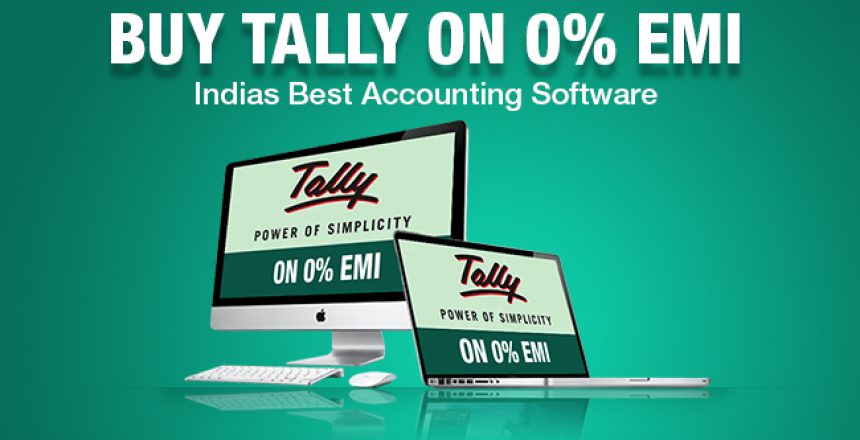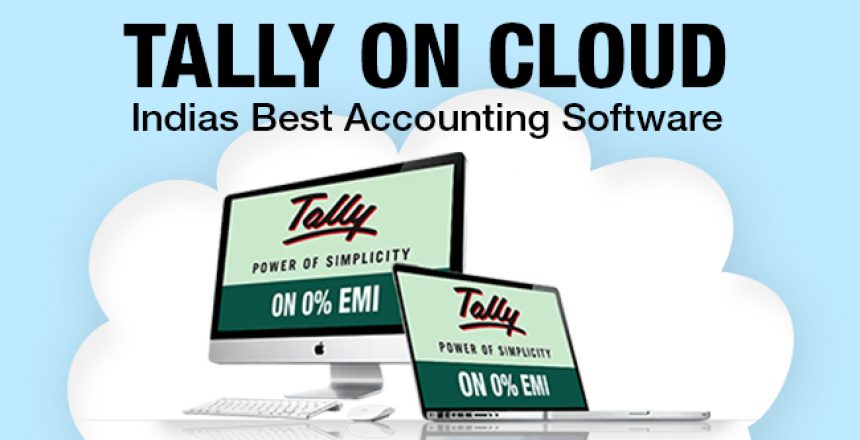E-invoicing and its introduction by the government can serve a purpose of highlighting the attributes related to the GST compliances which will make the process of reconciliation an easy task for the input credits. E-way bill simply is meant for serving the purpose of tracking goods whereas e-invoicing can be applied for the supply of goods as well as the services in any business. But before jumping on to the further topics, let us look at the concept of E-Invoicing again.
Electronic invoicing or simply known as e-invoicing may be defined in simple terms as an electronic billing system that contains the various indigenous methods which are used by different trading partners to develop and showcase documents consisting of transaction history between each other such as the suppliers with their customers. This in return helps in ensuring the legal agreements and trading terms being met with complete transparency. These invoices include purchase documents, different order and debit documentations, terms of payment and instructions related to the payment. Now with these terms in mind, we have come across a term called ERP which is very important in this concept. But what actually is an ERP?






